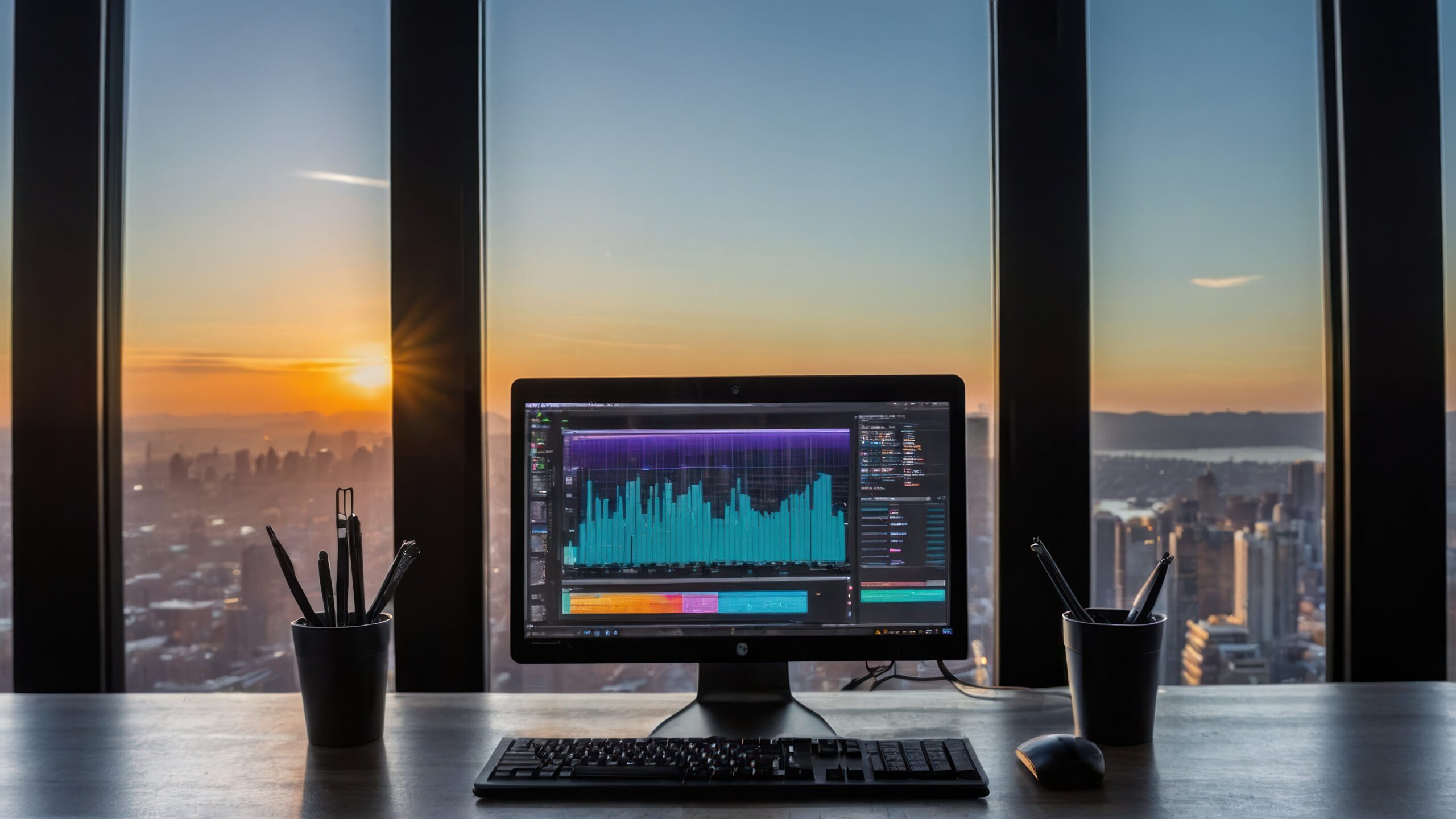Trading is said to be the finest and quickest way to make money. However, it is still risky because the shop could suffer substantial financial losses if the Forex market falls at any point. A trader, on the other hand, can reap numerous benefits from this business, including the ability to trade from anywhere in the world, even his own home.
This article will go over four tips for becoming a trading nomad and trading from anywhere.
Concentrate on the appropriate chart time ranges

It is not a good idea to continually watching the market charts, even if you are a seasoned forex trader. A forex trader must set aside time to examine market charts and determine when it is appropriate to place a deal based on them. It could get tedious looking at the same market charts over and over. A forex trader could use that time to accomplish other things that he or she should be doing, such as looking at the market charts at the end of the day. As a result, forex traders should concentrate on the appropriate chart time frames in order to become trading nomads and trade.
Low-frequency trading (LFT) a strategy for patient traders

The term “low-frequency trading” refers to not trading too frequently. Some forex traders, especially those who are just starting out, have a tendency to be overconfident. They expect to earn from the trades they participate in, thus they will take on a lot of risk in the hopes of making a profit. A forex trader must realize that high-frequency trading or for an extended period of time will not guarantee success. The high-frequency traders are more likely to lose money than the low-frequency traders.
Allow the FX market to take care of the heavy lifting

While forex trading can be a lucrative business, it is critical for a forex trader not to let the market rule them. Forex traders should simply go about their business of placing deals and waiting for the results. If a forex trader decides to examine every trade they make, they may become sad and, worse, lose money on that trade. As a result, forex traders should learn to keep cool when studying the forex market in order to prevent undue pressure and emotional drains.
Live to trade, not trade to live

Forex trading may be a forex trader’s only source of income, and they are concerned that if they lose transactions, they would be unable to exist. It is critical for forex traders to take the game lightly and understand that it is never serious. A forex trader may make a small profit, but in order to advance in the forex trading profession, he or she must learn to enjoy what little profit they do get from their deals. As a result, forex traders should remember that they will live a stress-free life if they learn to trade only as much as they can and not to limit themselves to higher capacities that they cannot afford.
Core Points of the ‘Nomad’ Price Action Trading Strategy:
Now, let’s go over the primary components of a “nomad” trading technique so you can see how it’s done in practise:
Trading at the end of the day – This is the “cornerstone” of the nomad trading strategy. The main principle behind end-of-day act is that you only make trading choices after the market closes each day, allowing you to focus on daily charts and only evaluate bars that have closed out. This also removes the noise and ambiguity of the lower chart time frames.
Set and Forget — Set and forget trading refers to the process of finding a trade and setting the settings (entry, stop, position size, and exit) before walking away from the computer until the next day’s closing. You aren’t spending the entire day poring at charts, trying to “figure out” what will happen.
Trading signals that are simple – You don’t need to trade with indicators as you see on other trading sites all over the internet. It’s just a waste of time because it’s perplexing, too convoluted, and useless. A simple trading method like this is essential for a nomad trader who prefers to spend their time enjoying life rather than gazing at charts all day. Remember that money management and psychology are the most challenging aspects of trading, so don’t make chart analysis and trading too complicated.
Money management — It is perhaps the most important aspect of embracing this “nomadic” and laidback approach to trading. You see, if you increase your risk to the point where it keeps you engaged with your trades, you won’t be able to set and forget your trades because you’ll be too concerned about losing money. You must learn to manage your risk each deal so that it does not beyond what you can mentally handle.
Conclusion
There are always hazards associated with trading, no matter how wise an investor’s judgement is. If you want to invest, the greatest thing you can do is research market techniques or use apps that perform the heavy lifting for you. Always keep an eye on market trends, and remember that practise makes perfect. If all goes according to plan, you could make a lot of money.





